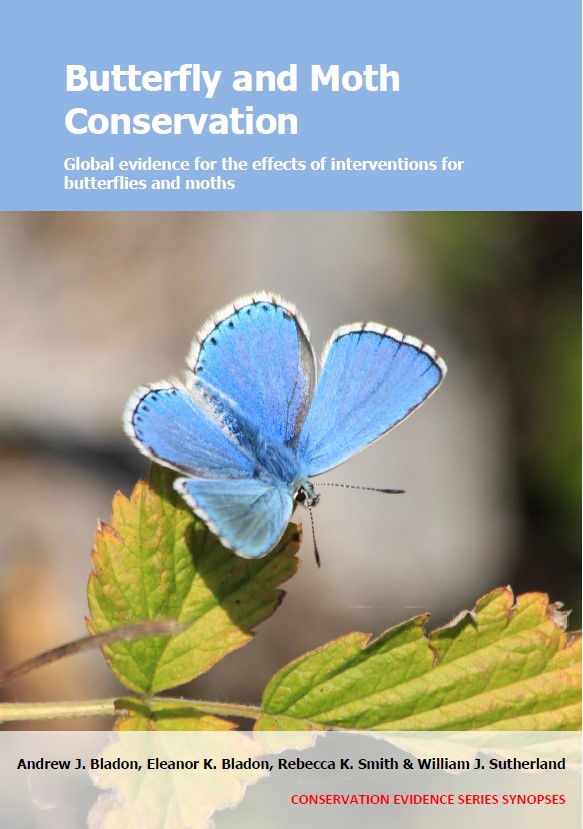Change season/timing of prescribed burning
-
Overall effectiveness category Awaiting assessment
-
Number of studies: 2
View assessment score
Hide assessment score
How is the evidence assessed?
-
Effectiveness
not assessed -
Certainty
not assessed -
Harms
not assessed
Study locations
Supporting evidence from individual studies
A replicated, controlled, before-and-after study in 1988–1995 in a tropical savannah and floodplain reserve in Northern Territory, Australia (Andersen & Müller, 2000) found that management with early season burning or no burning increased the abundance of caterpillars, but late season burning did not. After 2–5 years of burning, the abundance of caterpillars increased at sites with early (before: 1; after: 4 individuals) or no burning (before: 5; after: 8 individuals) but remained similar at sites with late burning (before: 3; after: 3 individuals). From 1990–1994, one of three fire regimes was applied annually to each of nine 15–20 km2 compartments across a 670-km2 area: early fires (lit early in dry season in May/June, equivalent to usual conservation management); late fires (lit late in dry season in September/October, equivalent to unmanaged wildfires); and unburned (no fires). Fire was excluded from all plots for 1–2 years prior to the experiment. Caterpillars were sampled by pitfall trapping and sweep-netting. Pitfall traps were set for 48 hours every November and August from 1988–1994, using 15 traps (10 m apart) per 40 × 20 m plot, with two plots/compartment, one in poorly-drained woodland and one in well-drained forest. Sweep-netting was conducted every February and May from 1989–1995, using five parallel transects of 20 sweeps each, spaced 5 m apart, over the trapping grid.
Study and other actions testedA replicated, paired, controlled study in 1993–1997 in 15 oak savannas in Wisconsin, USA (King 2003) found that burning grassland in summer or autumn did not increase Karner blue butterfly Lycaeides melissa samuelis abundance compared to either unmanaged or mown grasslands. The density of Karner blue was similar on both summer burned (31–186 individuals/ha) and paired, unburned (35–101 individuals/ha) grasslands, and on autumn burned (22–478 individuals/ha) and paired, unburned (14–179 individuals/ha) grasslands. Karner blue density was also similar on three summer burned (36–213 individuals/ha), three summer mown (46–111 individuals/ha) and three unmanaged (43–119 individuals/ha) grasslands. Fifteen restored oak savannas were burned on average every 3.5 years for 19–33 years prior to 1993. In 1994, four grasslands (1–11 ha) were summer burned in July and two grasslands (0.5–19.2 ha) were autumn burned in November. In winter 1993–1994, woody vegetation was removed with chainsaws on three additional grasslands, and these sites were then cut with a rotary mower in August 1994. Six control grasslands received no burning or mowing. In July–August 1993–1997, butterflies were surveyed three times/grassland/year (>7 days apart) along transects placed 15 m apart.
Study and other actions tested
Where has this evidence come from?
List of journals searched by synopsis
All the journals searched for all synopses
This Action forms part of the Action Synopsis:
Butterfly and Moth Conservation
Butterfly and Moth Conservation - Published 2023
Butterfly and Moth Synopsis





)_2023.JPG)














